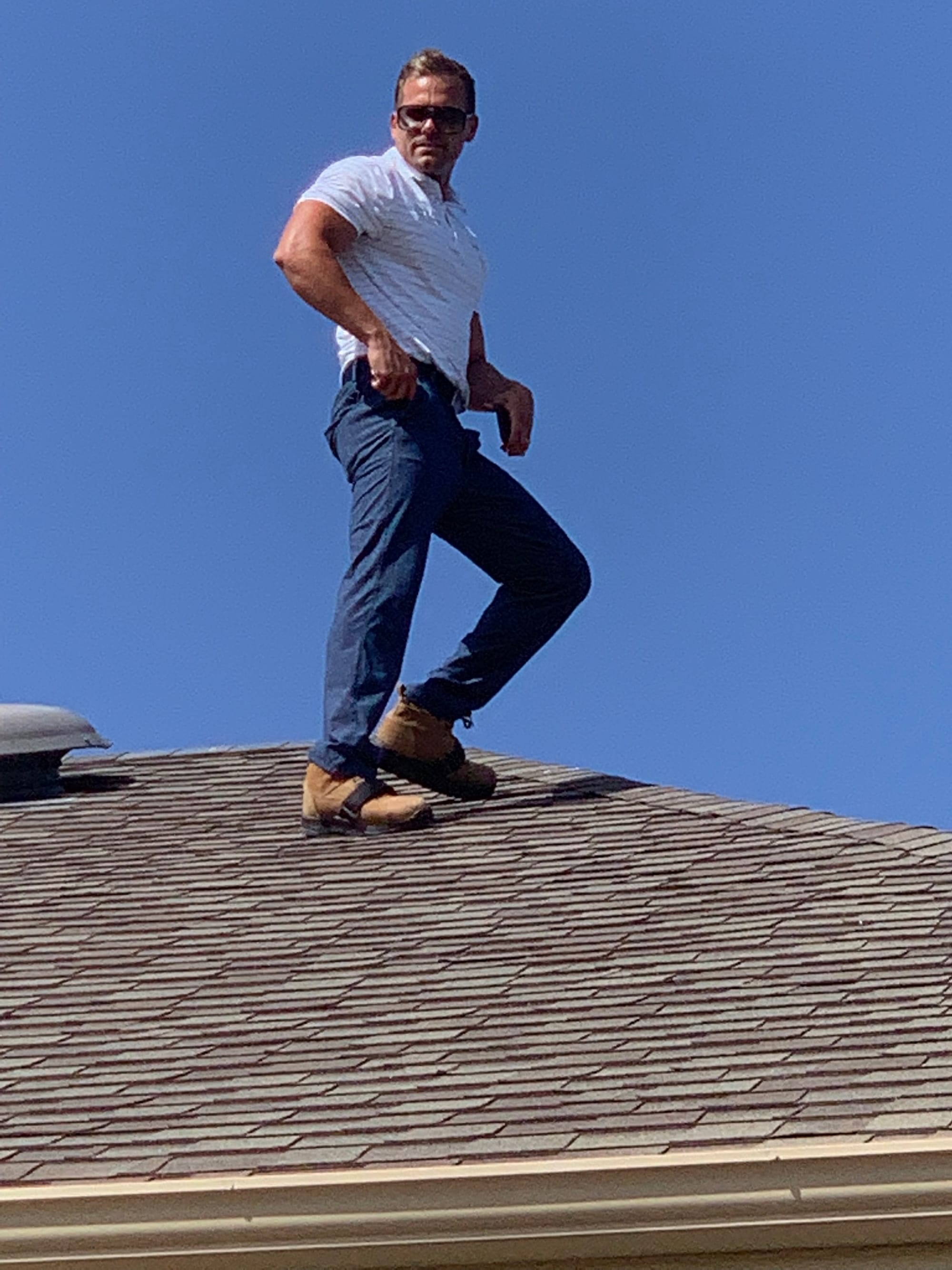Commercial and Residential Roof Inspections
What You Need to Know About Roof Inspections

Photo: kogroofing.com/
Your home’s roof is its first line of defense against storms and extreme weather, be it a foot or more of snow dropping from the sky overnight or high winds that tear through the town. When homeowners place blind faith in their roof and neglect it completely until the first sign of a leak appears in the ceiling, they could already be facing much larger problems—unwanted structural issues, mold growth, or damaged insulation, for starters. Spare yourself a headache down the road by having your roof periodically inspected.
When to Schedule Roof Inspections
After a hailstorm or other significant weather event, most homeowners recognize the need for a thorough roof inspection to determine whether their roof suffered damage. But that shouldn’t be the only time you consider your roof’s health.
Perhaps the most vital time of year to have your roof inspected is the fall, before the cold of winter sets in. Timing is key. Frigid temperatures can compromise the success of new roof installations and such repairs as shingle replacement because new shingles can’t seal down properly when it’s too cold outside. Moreover, attempting repairs on icy roofs can be treacherous, so roof problems uncovered too late in the season may have to wait until spring to be fixed. Another argument for a fall inspection is the fact that certain roof repairs should be initiated in the fall so they can be completed the next spring—for example, treatment for moss and lichen. The solutions used for either of these invaders can require an extended amount of time to work, sometimes up to 180 days. If moss or lichen are discovered during a fall roof inspection, there’s still a chance to get at them before cold weather sets in. Then, the treatment can be working during those long winter months, and the dead lichen can be swept or rinsed off in the spring.



